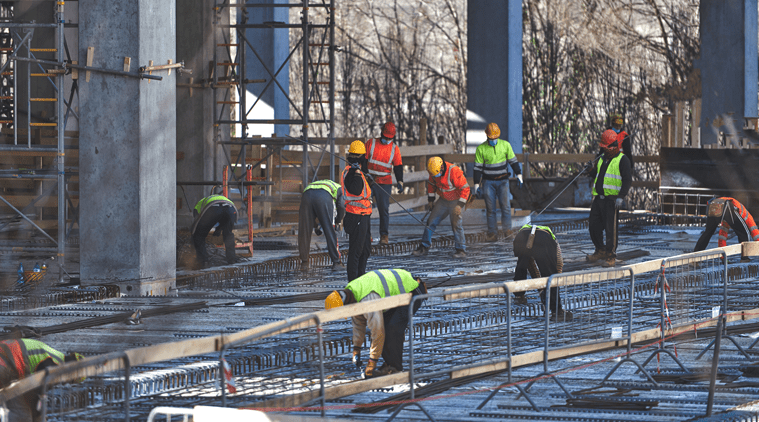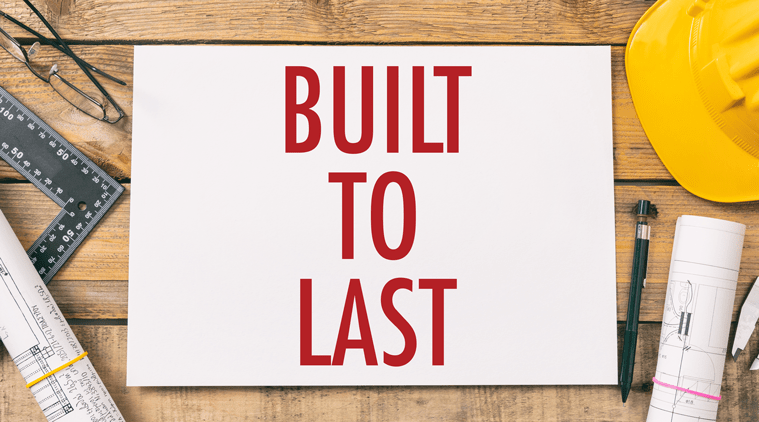In today’s construction industry, a contract is often awarded based on the lowest cost submitted, not taking any crucial variables and pieces into account.
Not only does this process continue to cost owners more in the long run, but they are also frustrated throughout the project (often right from the beginning), and the relationship between you and the General Contractor becomes adversarial with conflict through the end of the project.
Often, the contractor has never worked with the lowest bidders in each trade, making it difficult to be productive and provide quality work.
Often, a project is “sent out to bid” by an Owner, Architect, or Construction Manager to multiple General Contractors who, in turn, solicit bids from subcontractors with the skills required to perform the job correctly.
The result is often an amalgam of quotes that often bear no relationship to each other and have made zero connection with the other trades.
It is almost impossible to know if you are comparing apples to apples. This results in:
Every subcontractor’s work affects the next subcontractor’s work from the project launch through completion.
We have long-term relationships with the major subcontractors required for every project. The result for you, the Owner, is a cohesive, communicative team of people who have worked together numerous times. They have successfully collaborated because they are aware of the benefits and have the common goal of getting your project done right. “Being on the job first” does not make for the best sequencing of a productive, efficient schedule that produces quality work.
Our subcontractors know what to expect from our Superintendents, they know what to expect from one another, and we know what we are getting when we contract with them, giving you, the owner, the best value for your dollar.



